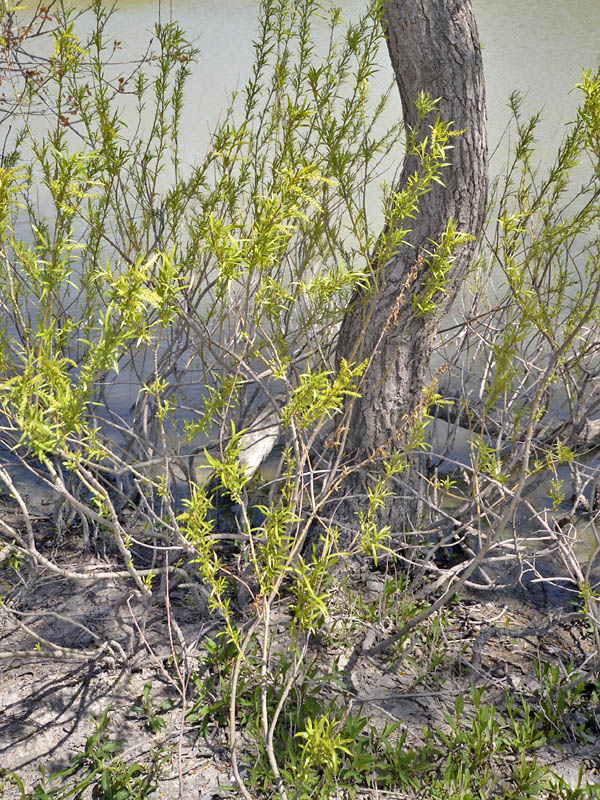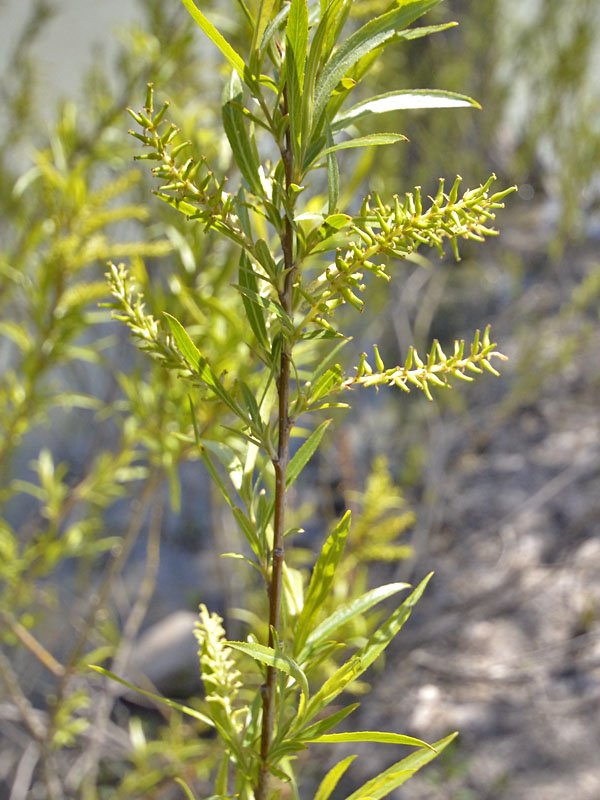| General Description | A native tree that is fast growing with a somewhat weedy appearance. |
| ID Characteristic | Alternate, simple leaves, silky abaxial, green and smooth adaxial with yellow petioles. |
| Shape | Salix petiolaris is a medium sized shrub with ascending branches that are often clumped together. |
| Propagation | Salix petioralis can be propagated from woody stem, soft wood and semi hardwood cuttings with or without rooting hormone. Seeding and layering can also be used. |
| Cultivation | Does not tolerate high alkaline soil but will withstand poor soils and will tolerate dry soils once established.
|
| Pests | The Japanese beetle is a common pest as is powdery mildew, neither of which seem fatal. |
| Habitat | Commonly found in damp wet habitats, meadows and swamps but has also been found in dry upland sites such as Jack Pine woods in Southern Ontario, Canada. |
| Bark/Stem Description | The bark on young growth is greyish-green or reddish-brown and smooth becoming dark brown-black with age. |
| Flower/Leaf Bud Description | The 2 black bud scales are densely pubescent, similar to Magnoila x soulangiana, buds are 5-7 mm in length. |
| Leaf Description | Alternate and simple, young leaves are pubescent with reddish tinge from the coloured hairs. The leaf blade is a linear lanceolate shape and is 2.7 cm long to 2.5 cm wide. |
| Flower Description | The catkins shrub are somewhat elliptical, 1-2 cm, the filaments slightly pubescent near the base while the pistols are densely hairy. |
| Colour Description | Young bark is reddish-brown to dark-brown, turning olive-brown as it matures. Catkins are white-olive-green while dense growing shrubs may appear yellowish inside colour due to the number and colour of the petioles. |
| Texture Description | Salix petiolaris is a fine to medium textured plant. |

